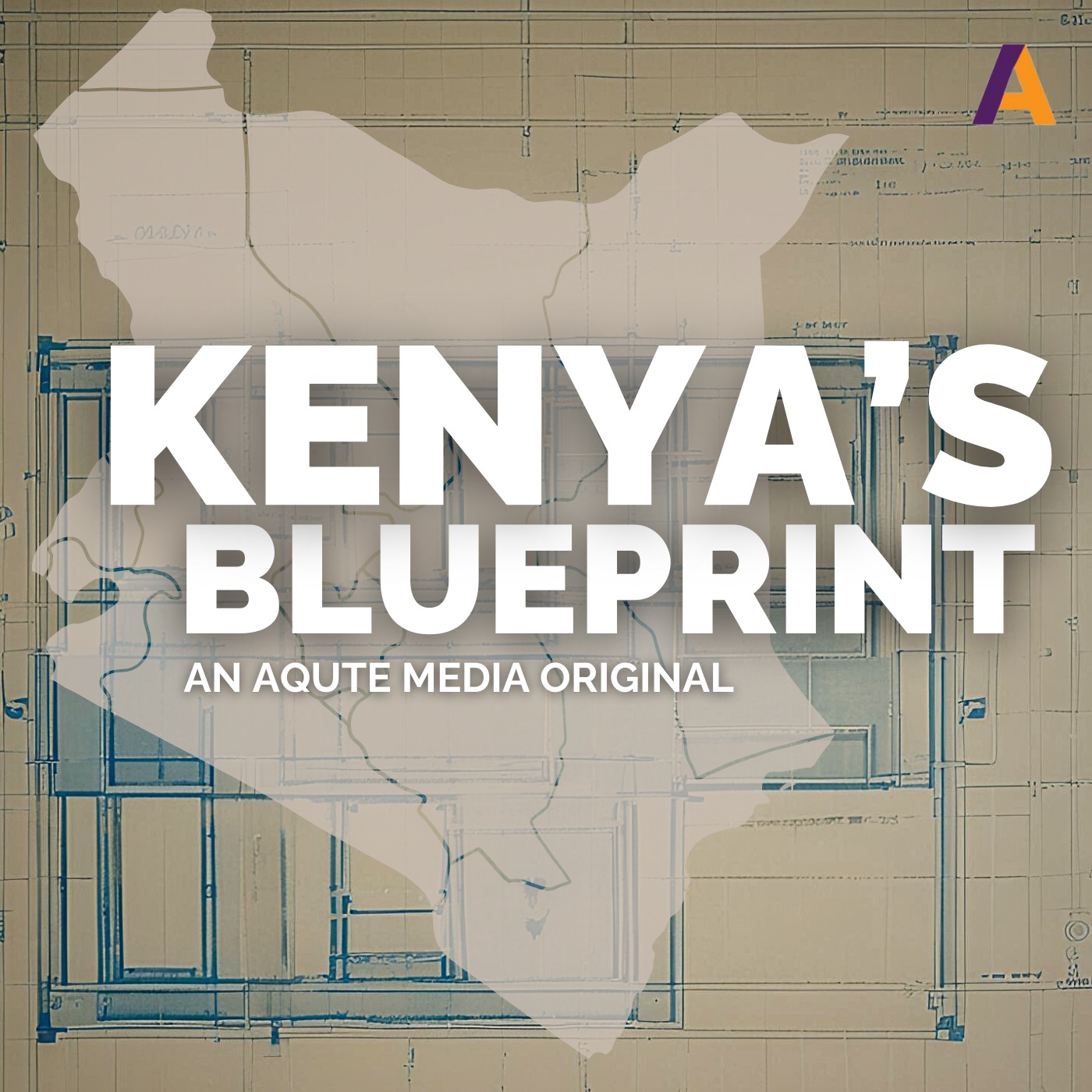Monopolizing Dairy | 2: Liberalisation of the Milk Industry; Nail on the Coffin
Liberalisation of the Milk Industry; Nail on the Coffin
1992 marked an end of an era for KCC’s 60 years monopoly, the milk market was opened; anybody would directly reach out to customers.
Competition in the milk market led to sharply higher farm-gate prices, real rise in prices was noted between 1993 - 1995 from Ksh. 6 to Ksh. 14. However, the introduction of cost sharing for inputs and services as a result of the reduction in subsidies in the late 1980s meant that many farmers were not able to respond to higher prices due to problems accessing inputs and other support services.
Whilst price increases as a result of liberalization were modest in real terms, liberalization also led to increased price volatility for producers. This is in part the inevitable result of replacing an administered pricing system with market competition. However, changes in the processing industry also contributed to this increased volatility.
A receiver manager was appointed and a board appointed to run the body. In 2000, the receiver issued a tender for sale of KCC. Influential politicians allied to the government and the ruling party quickly formed a new company – KCC Holdings – claiming that they were dairy farmers. They submitted a tender to buy the company.
They paid Ksh. 400 Million only to acquire the company and in March 2001 renamed it KCC – 2000 Ltd. They bought KCC at a low price yet assets value of KCC was estimated at about Ksh. 6 Billion.
Register on our website to receive more resources on the dairy sector.
The content used on this episode is adapted from the The Revitalisation of Kenya Cooperative Creameries: The Politics of Policy Reforms in the Dairy Sector in Kenya by Prof Rosemary Atieno & Prof Karuti Kanyinga
